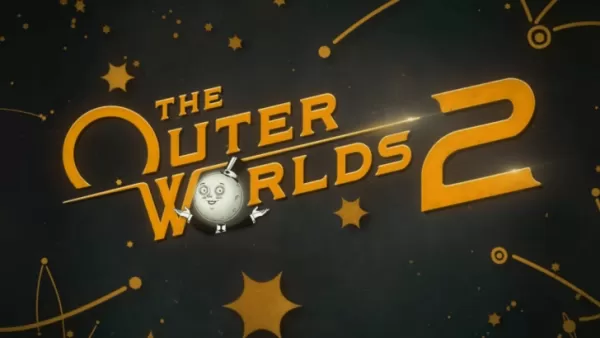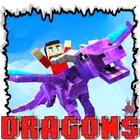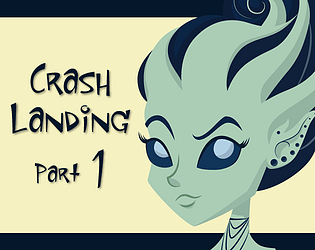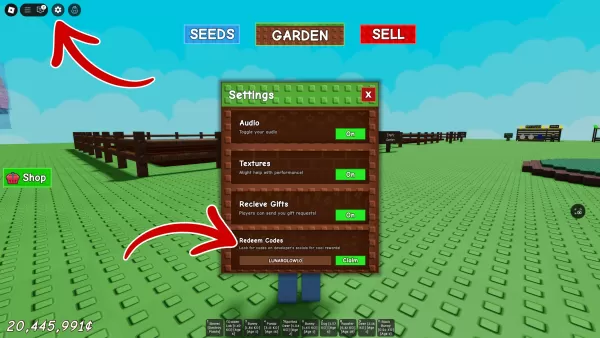Capcom Experimenting With Generative AI to Create 'Hundreds of Thousands of Unique Ideas' Needed to Build In-Game Environments
Capcom Leverages Generative AI to Streamline Game Development
Facing escalating video game development costs, publishers are increasingly turning to AI tools to boost efficiency and reduce expenses. This trend is evident in Capcom's innovative use of generative AI to generate the vast number of design concepts required for in-game environments.
In a recent interview with Google Cloud Japan, Kazuki Abe, a Capcom technical director with experience on major titles like Monster Hunter: World and Exoprimal, detailed the company's AI experimentation. Abe highlighted the significant time and resources dedicated to generating "hundreds of thousands" of unique design ideas for in-game assets. He cited the creation of diverse television designs, each requiring unique logos and shapes, as an example of this intensive process. Thousands, even tens of thousands, of such objects necessitate multiple design proposals per game, each proposal demanding accompanying illustrations and textual descriptions for communication with art directors and artists.
To address this bottleneck, Abe developed a system employing generative AI. This system analyzes various game design documents and generates design concepts, significantly accelerating development and improving efficiency. The AI system also provides self-feedback, iteratively refining its output. Abe's prototype, utilizing multiple AI models including Google Gemini Pro, Gemini Flash, and Imagen, has reportedly garnered positive internal feedback. The anticipated outcome is a substantial cost reduction compared to manual creation, alongside a potential enhancement in overall design quality.
Currently, Capcom's AI integration is confined to this specific system. Other crucial aspects of game development, such as core gameplay mechanics, programming, character design, and overall narrative ideation, remain firmly under the control of human developers.
-
The Outer Worlds 2 was officially unveiled at TGA 2024! Discover pre-order details, pricing information, available editions, and DLC content.← Return to The Outer Worlds 2 main articleThe Outer Worlds 2 Pre-OrderThe Outer Worlds 2 can currently be wiAuthor : Zoey Sep 13,2025
-
Summoners War: Rush immerses players in a unique hybrid experience combining idle progression with real-time strategy, featuring beloved characters from the Summoners War universe. At its heart lies tower defense gameplay where every decision impactsAuthor : Oliver Sep 12,2025
-
 Lustful EscapadeDownload
Lustful EscapadeDownload -
 Futagenesis UnveiledDownload
Futagenesis UnveiledDownload -
 Ring of Words: Word FinderDownload
Ring of Words: Word FinderDownload -
 You Don't Know JavascriptDownload
You Don't Know JavascriptDownload -
 Trump Stamp by Yuri AmmosovDownload
Trump Stamp by Yuri AmmosovDownload -
 Lewd Pizzeria DemoDownload
Lewd Pizzeria DemoDownload -
 Pumpkin LoveDownload
Pumpkin LoveDownload -
 ROYAL SLOTS CASINO: Wild Vegas Slot MachineDownload
ROYAL SLOTS CASINO: Wild Vegas Slot MachineDownload -
 Flags Quiz - World CountriesDownload
Flags Quiz - World CountriesDownload -
 LEO Slots - Vegas 777Download
LEO Slots - Vegas 777Download
- Black Ops 6 Zombies: How To Configure The Summoning Circle Rings on Citadelle Des Morts
- Harvest Moon: Lost Valley DLC and Preorder Details Revealed
- Roblox: Latest DOORS Codes Released!
- Roblox: Blox Fruits Codes (January 2025)
- Silent Hill 2 Remake Coming to Xbox and Switch in 2025
- Roblox: Freeze for UGC Codes (January 2025)







![Taffy Tales [v1.07.3a]](https://imgs.ehr99.com/uploads/32/1719554710667e529623764.jpg)





